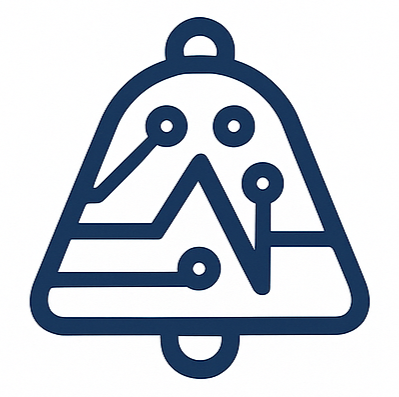Executive summary
Ezibell Tech is an AI solutions provider that helps product and operations teams ship intelligent features with speed and quality. This case study describes a representative project: a product modernization that combined a Retrieval-Augmented Generation (RAG) system, custom AI agents, and a MicroSaaS delivery model to convert a slow manual workflow into an automated, data-driven experience. The result: faster decisions, better user retention and measurable revenue uplift.
The challenge
A mid-sized client with a membership platform approached Ezibell Tech with multiple pain points: lengthy customer support turnaround, fragmented internal knowledge across documents and chat logs, and low feature engagement from end users. The platform wanted to add intelligent search, context-aware assistants and analytics - but they lacked the data pipelines and infra to do so safely and at scale.
- Scattered knowledge base across PDFs, Google Drive and legacy CMS.
- Manual support processes causing slow resolution and high cost.
- No single source of truth for analytics or product telemetry.
Our approach
We split the work into three parallel streams to reduce risk: discovery & architecture, core engineering (RAG + agents), and UX design with gradual feature releases. This allowed the client to receive value early while we iterated on model tuning and infra hardening.
Technical architecture (high level)
Design principles
- Make AI actions reversible: always show source citations and allow human override.
- Design for uncertainty: surface confidence, not false certainty.
- Incremental delivery: small, testable releases with telemetry-driven decisions.
Results & impact
Within 8 weeks of the MVP release we observed clear, measurable improvements:
Beyond metrics, the client regained engineering capacity previously consumed by manual tasks. The RAG system reduced repeated support tickets and empowered the product team with a new analytics dashboard that surfaced content gaps and high-frequency user intents.
Key learnings
- Quality of retrieval data matters more than model size: clean, well-structured context beats larger models on user satisfaction.
- Human-in-the-loop is essential for early production: allow domain experts to review and correct outputs quickly.
- Monitoring and feedback loops must be built from day one to avoid silent failures and model drift.
Case snapshots: Selected work
Testimonials
How we measure success
We tie engineering goals to business outcomes: metrics like time-to-resolution, retention, activation and revenue. Each deliverable includes clear acceptance criteria and KPI targets so the client knows what to expect at every milestone.
- Search should surface relevant documents with citations > 85% precision in top-3 results (measured by A/B test).
- Agent completion tasks should reach > 75% success on first attempt (measured by labeled validation set).
- Monitoring should detect >95% of ingestion errors and alert the on-call engineer within 5 minutes.
Next steps & recommendation
For teams considering a similar transformation, start with a narrow, high-value use case (e.g., support automation or intelligent search), mature the retrieval pipeline, and instrument telemetry early. After a stable MVP, expand into personalization and deeper product integrations.
- Months 0-2: Harden retrieval, add automated tests, baseline telemetry.
- Months 2-4: Expand agent actions, build self-serve scripts and admin tools.
- Months 4-6: Personalization, user-level analytics and revenue-driving experiments.
